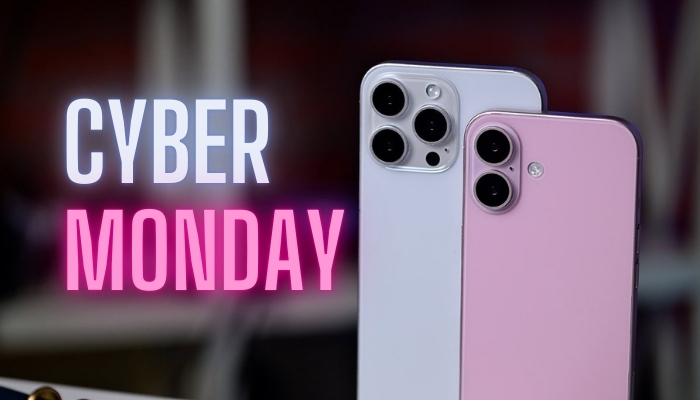
Two AI-Based Studies Yield Conflicting Results on ‘Old Master’ Painting
Validating artworks remains an imprecise field, as exemplified by a heated dispute surrounding a Madonna and Child painting, coined “the AI showdown,” where two scientific investigations reached opposing outcomes.
Utilizing cutting-edge AI technology, one study initially asserted that the de Brécy Tondo, currently exhibited at Bradford Council’s Cartwright Hall Art Gallery, is unmistakably the work of Raphael. However, months later, a separate study contradicted this claim, suggesting that the painting could not be attributed to the Renaissance master.
In January, research teams from the universities of Nottingham and Bradford unveiled the results of facial recognition technology. This technology involved a comparison of the faces in the Tondo with those featured in Raphael’s Sistine Madonna altarpiece, which was commissioned in 1512.
By utilizing a vast dataset of faces to train an algorithm for facial feature recognition and comparison, they reported that the resemblance between the Madonnas was determined to be 97%, and the comparison of the children depicted in both paintings resulted in an 86% similarity.
They further stated, “This implies a high likelihood that both paintings share the same artist.”
However, algorithms utilized in a recent study conducted by Dr. Carina Popovici, a scientist from Art Recognition, a Swiss company located near Zurich, have returned an 85% likelihood that the painting was not created by Raphael.
The Tondo was acquired in 1981 by George Lester Winward, a businessman from Cheshire, who amassed an art collection spanning the 16th to 19th centuries. In 1995, two years prior to his passing, he established the de Brécy Trust Collection, named after his French ancestors, with the aim of preserving his collection and providing access to scholars for research purposes.
Over the course of more than four decades, the painting has undergone thorough examinations and historical investigations.
In July, Professor Hassan Ugail, the director of the Centre of Visual Computing at the University of Bradford, who developed the AI facial recognition system, stated, “My AI models delve much deeper into an image than the human eye, scrutinizing details such as brushstrokes and pigments.
Combining my prior research involving facial recognition with the findings of my fellow academics, we have firmly established that the Tondo and the Sistine Madonna unquestionably share the same artist.
Professor Christopher Brooke from the University of Nottingham, an expert in ecclesiastical art history, commented at the time, “This study showcases the potential of machine learning to determine the likelihood of shared authorship among distinct ‘Old Master’ paintings. In this specific case, direct facial comparison yielded a 97% match – an exceptionally high statistical probability indicating that the artworks were crafted by the same hands.
The examination of pigments was reported to firmly establish its belonging to the Renaissance era.
Nevertheless, Popovici was surprised to find that the results of her study “markedly contradicted” their analysis.
Art Recognition maintains an ongoing partnership with Tilburg University in the Netherlands, and their research was recently published by Springer, a prominent academic publisher. They have analyzed over 500 artworks, including a painting by Rubens in the National Gallery titled “A View of Het Steen in the Early Morning,” which yielded a probability of 98.76% in favor of the artist.
Sir Timothy Clifford, a prominent authority on the Italian Renaissance and former director general of the National Galleries of Scotland, expressed his intrigue upon learning about the conflicting conclusions reached by scientific methods. He remarked, “I hold a strong belief that mechanical methods for attributing paintings to renowned artists are highly risky.”
He continued, “I’ve never considered the possibility of employing these AI tools. I believe their accuracy is highly unlikely. Nonetheless, it’s undeniably fascinating.”
When presented with a small photograph of the Tondo, he suggested that it appeared to be an exceptionally faithful reproduction of one of the world’s most renowned paintings. He speculated, “There must be numerous excellent copies of it. My initial impression would lean towards it being a French reproduction from the early 19th century – a high-quality copy, possibly from the same era when the original might have been part of Napoleon’s spoils, possibly making its way to the Louvre.
Michael Daley, who serves as the director of ArtWatch UK, an organization dedicated to overseeing museums and galleries, remarked, “It’s quite commendable that Carina Popovici’s findings refute its authenticity. From what I understand, its sole argument is that it perfectly matches the design of the Sistine Madonna.”
He continued, “However, if Raphael himself had created another rendition, he would almost certainly have introduced alterations or unique elements to the artwork. It is highly probable that it dates to the 19th century.”
Upon learning about the contradictory study, Hassan Ugail stated that, without access to its specifics, it was challenging to provide a comprehensive assessment. He asserted, “We have a compelling case supporting the idea that [the Tondo] is a work by Raphael.



